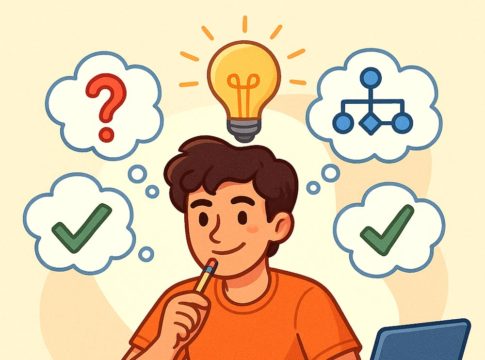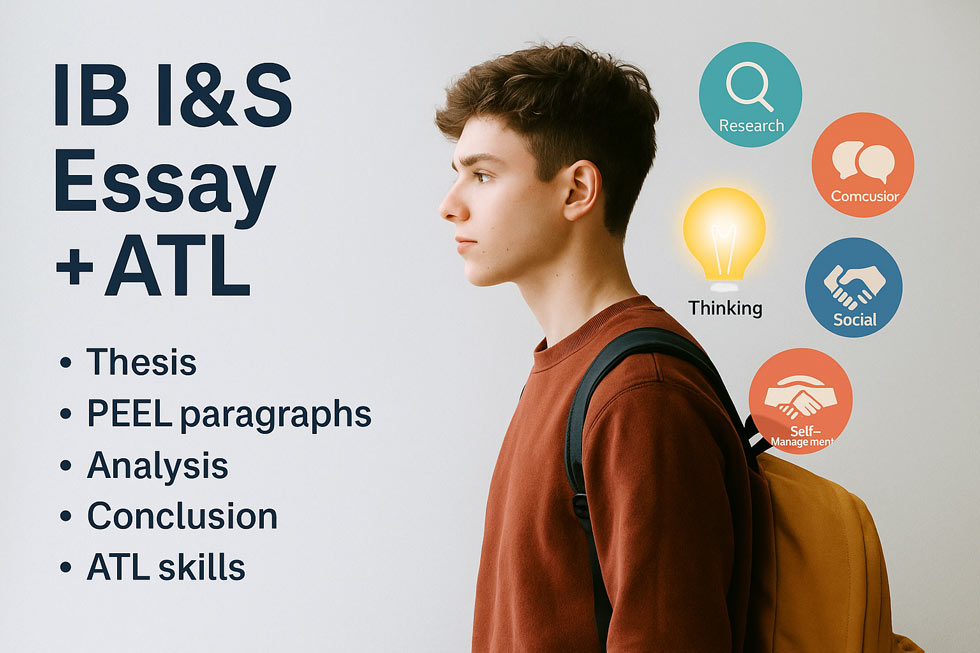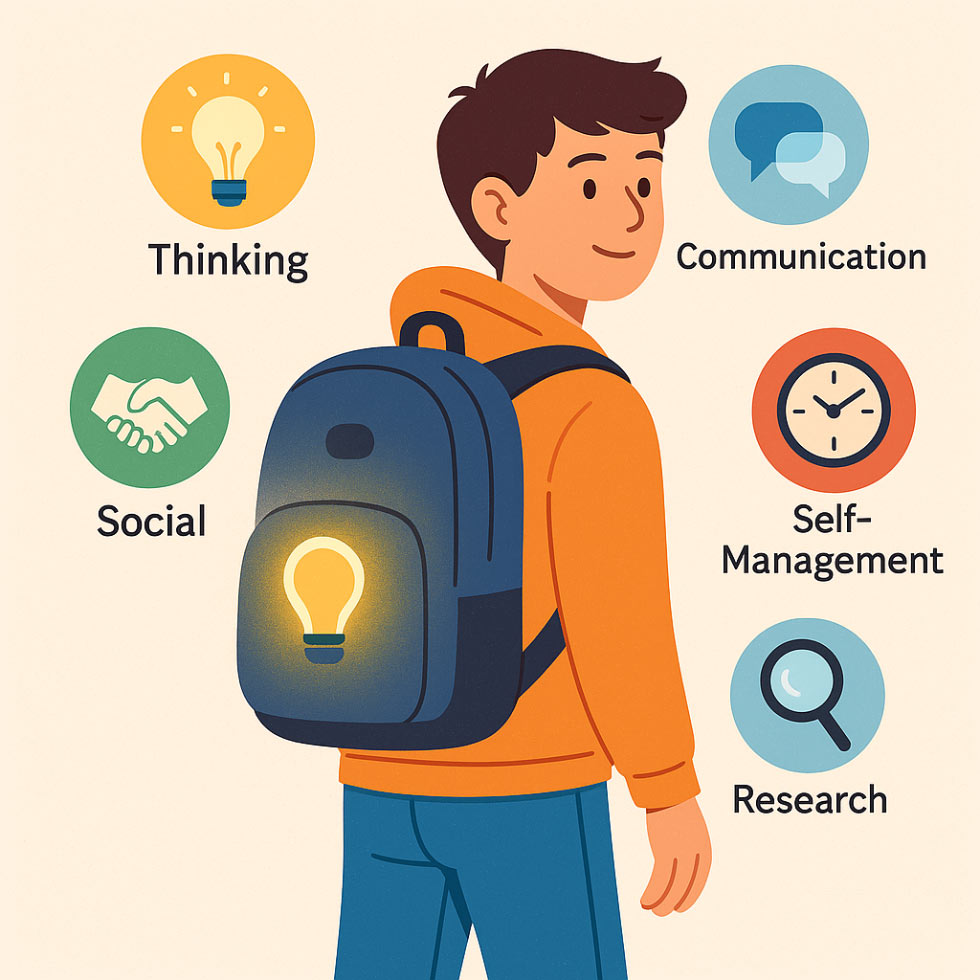Imagine you’re playing your favorite video game. You reach a tricky level, filled with challenging obstacles and puzzles that seem impossible at first. Frustrated, you almost quit—but then you pause, think, and start trying new strategies. Eventually, you crack the puzzle and celebrate your victory. That satisfying feeling is precisely what problem-solving in real life feels like.
What Exactly Is Problem-Solving?
Problem-solving is the ability to find solutions to challenges or obstacles. It involves staying calm, thinking clearly, and trying different strategies until you find something that works. It’s a skill you can use in every part of your life—school, relationships, hobbies, and more.
Why Problem-Solving Matters for Teens
- Builds Resilience: Helps you positively handle setbacks and stress.
- Increases Independence: Encourages you to tackle challenges confidently without always relying on others.
- Enhances Creativity: Thinking of solutions boosts your creative thinking and innovation.
- Prepares You for Future Success: Problem-solving is highly valued in college and careers.
Problem-Solving in Real Life: A Teen’s Story
Imagine you have an essential exam tomorrow, but you realize you forgot your study notes at school. Panic sets in, but then you stop yourself. You brainstorm solutions—texting friends for notes, searching online resources, or reviewing class recordings. Quickly, you find a workable solution: your friend sends a photo of their notes, and you supplement with online videos. Crisis solved, you breathe easier, feeling proud of your quick thinking.
Practical Steps to Effective Problem-Solving
- Identify the Problem: Clearly define what challenge you’re facing.
- List Possible Solutions: Brainstorm all possible options without judging them immediately.
- Evaluate the Options: Consider pros and cons to select the best solution.
- Take Action: Try your chosen solution and see how it works.
- Review and Reflect: Learn from the outcome—what worked, what didn’t, and how you can improve next time.
Inspiring Examples
- Inventors like Thomas Edison: Edison famously attempted to create a working light bulb thousands of times. Each failure taught him something new, guiding him toward success.
- Athletes: Professional athletes continuously solve problems, adjusting strategies mid-game to secure victories.
Long-Term Benefits of Problem-Solving
- Enhanced ability to manage stress and anxiety.
- Improved confidence in your abilities.
- Better academic and professional performance.
Start Solving Problems Like a Pro Today!
Every challenge you encounter is an opportunity to sharpen your problem-solving skills. Whether it’s schoolwork, friendships, or personal goals, remember that each problem has a solution waiting to be discovered. Trust yourself, stay creative, and turn every challenge into your subsequent victory.






